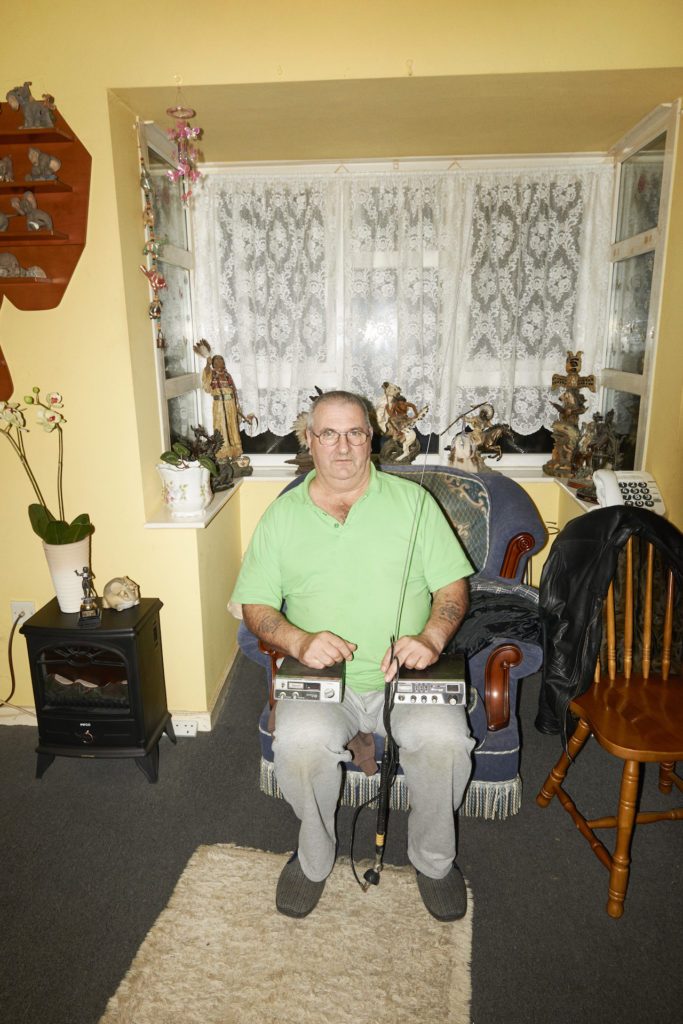(Source: British Journal of Photography)
Dart Player, from the photobook Eyeball Cards: The Art of British CB Radio Culture. © David Titlow, Four Corners Books
David Titlow is Eyeballing 1970s Citizens Band Radio culture
Before mobile phones and social medias, there was Citizens Band Radio – a now largely defunct technology whose culture has been unearthed by David Titlow. With the project going on show at PhotoEast festival from 24 May – 24 June, we revisit an article first published in August 2017
“It was before mobile phones, before the internet. It was the initial form of mass communication, a way you could chat to your friends for free,” says David Titlow as we talk about CB Radio, the now-obscure 1970s and 80s technology.
“I remember lots of people in Suffolk got a CB radio and thought they were in the Dukes of Hazard,” he laughs. “It was the same all over the country. It was a fascinating phenomenon.”
It’s the subject of Titlow’s new photobook, which brings together portraits of Citizens Band (CB) Radio users with their ‘calling cards’, known amongst the community as ‘eyeball cards’. These cards were a form of personal promotion – pseudonyms and artistic illustrations were used as a means of identifying the CB user, expressing something of their personality as well as giving the recipient their details.[…]
Click here to read the full article and enjoy Tidlow’s excellent photos.










